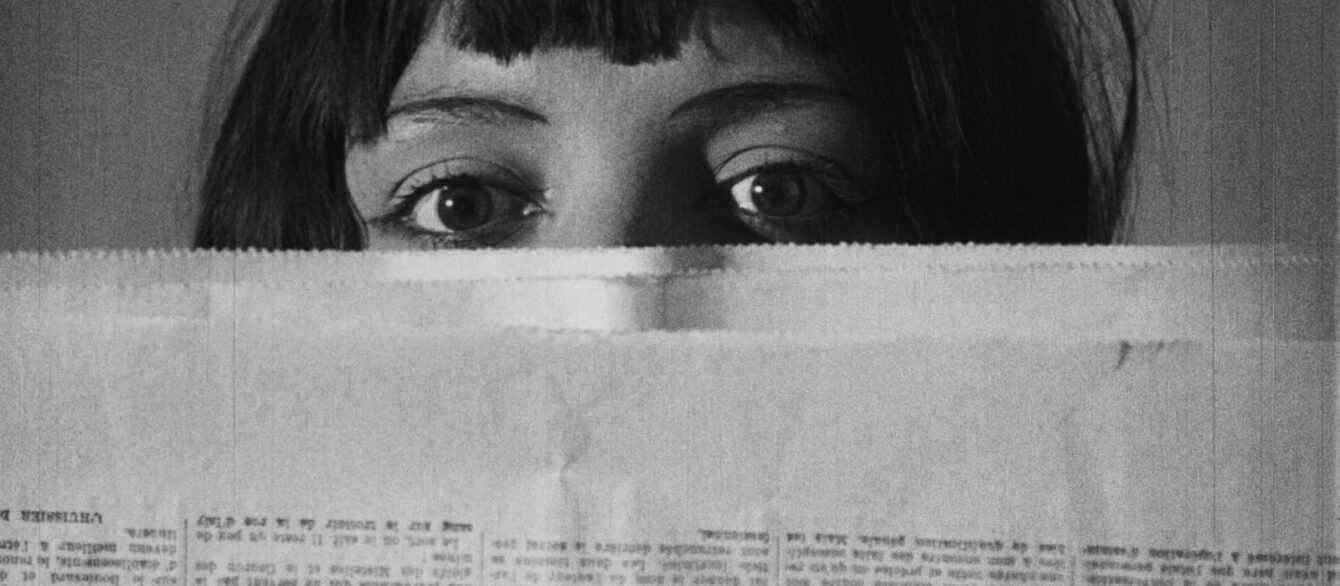“The four films Man Ray directed between 1923 and 1929, Le Retour à la raison, Emak-Bakia, L’Étoile de mer and Les Mystères du Château du Dé represent a high watermark of early European avant-garde cinema, a seminal nexus of experimental technique, surrealist narrative, and playful abstraction as suffused with dark eroticism. In these films Ray began discovering the limitless possibilities of montage as well as the direct application onto celluloid of objects such as salt, pepper, pins, and thumbtacks. Juxtaposing undulating geometric patterns, a twirling fairground ride, and a female nude, among other striking images, Ray finds subconscious correspondences among seemingly incongruous materials and figures. In celebration of the hundredth anniversary of Le Retour à la raison, the Jim Jarmusch-Carter Logan combo Sqürl present Man Ray: Return to Reason, with a newly-recorded drone rock soundtrack for that title as well as the three other Ray films. The band’s cosmic sounds complement Ray’s work by conjuring the beautiful, ineffable, haunting, and sublime.” -Janus Films
The restoration process, led by WOMANRAY and Cinenovo, involved sourcing original prints from all over the world, in partnership with the Cinémathèque française, the Centre Pompidou, the Library of Congress, the CNC, and the Cineteca di Bologna.
THE FILMS
Le retour à la raison (Return to Reason) 1923 | 3 minutes
For Le retour à la raison, Man Ray extended his visual experimentations from photography to moving images, playfully applying salt and pepper, pins, and thumbtacks directly onto celluloid. The final segment introduces the legendary Kiki de Montparnasse—his frequent model—her nude form overlaid by bands of light and shadow.
Emak-Bakia (Leave Me Alone) 1923 | 19 minutes
Subtitled as a cinépoéme, or a cinematic poem, Emak-bakia restages many of Man Ray’s still-photography techniques, such as double exposure, soft focus, and his signature “rayographs.” The title means “leave me alone” in the Basque language, though it can also be translated as “give peace.”
L’étoile de mer (The Starfish) 1928 | 18 minutes
Featuring intertitles penned by surrealist poet Robert Desnos, L’étoile de mer explores an affair between a man (André de la Rivière) and a woman (Kiki de Montparnasse)—shots of whom are often distorted through glass or a gelatin filter—via a poetic montage of surreal images, including a starfish in a jar.
Les mystères du château du dé (The Mysteries of the Château of Dice) 1929 | 28 minutes
In Les mystères du château du dé, a pair of masked men allow chance to dictate their decisions. After driving out to a fabulous château in the hills, they frolic among its well-appointed interior and grounds—which sport sculptures by Pablo Picasso and Joan Miró—and encounter other faceless travelers whose fates are also ruled by rolls of the dice.










